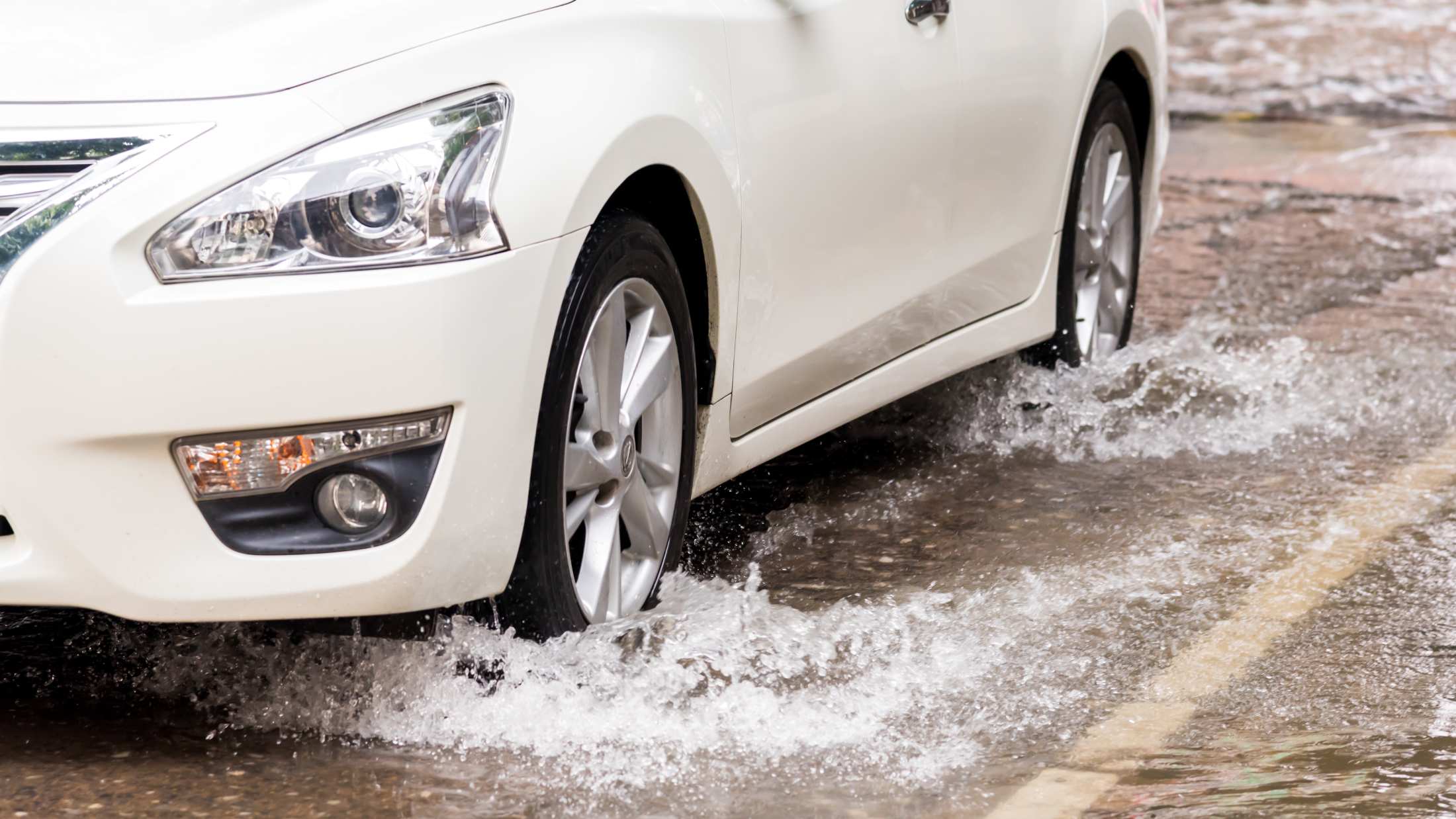When you think of road hazards, snow, hail and rain are the usual suspects. However, bright sun can also be a significant problem for British drivers.
During the spring and the winter, the low angle of the sun can be dazzling. And when your sun visor doesn't actually protect your eyes and there's glaring sun reflecting off a wet road surface, things get a little dangerous.
Here are a few simple steps you can take to improve visibility and keep you from driving blind in dazzling sun:
Keep your windscreen clean
Dirty windscreens can make glare worse. Dirt and debris scatter sunlight and lower visibility further. That's why it's a good idea to fully clean your windscreen before starting your journey. Check both the inside and outside of the glass are clean and free of smears. If there is any dirt or debris, clean it off with a soft cloth.
If your windscreen needs a deeper clean, rinse it with cold water and a soft brush, then follow this with a course of glass cleaner. Take extra caution on frosty mornings – scraping ice off your windows can sometimes leave smear marks behind. Don't be tempted to use hot water to clean your windscreen, as this can lead to cracks in the glass.
Throughout the winter months, keep your windscreen wiper fluid topped up. Check your wiper blades for wear and tear by looking for small cracks in the rubber, too. New wiper blades are fairly inexpensive and easy to fit, and the general consensus is you should change them every 6-12 months. Your wiper blades will be checked as part of your MOT - and your car could fail if they're in bad condition.
Wear sunglasses
Although sun visors are extremely helpful in summer, in winter the angle of the sun is simply too low for them to make any difference.
If conditions are bright, try to take a spare pair of sunglasses with you when driving – or, even better, keep a spare pair in your car so you're never caught without them.
If possible, opt for sunglasses with polarised lenses. These are more effective than normal lenses at combating glare. They work by filtering out the blinding, horizontal light that causes glare, improving visibility. Although typically used by fishermen to combat glare on water surfaces, they're an equally effective tool for drivers tackling wet roads.
Be extra aware of other road users
When driving in bright and low sun, remember other drivers may be suffering from the blinding effects of glare, even if you aren't. Try to maintain a constant speed, keeping a safe distance from the vehicle ahead.
It's also best to avoid any sudden stops. The reaction time of the driver behind may be impacted by low visibility. Be extra vigilant in the mornings and evenings, when the sun is especially low in the sky.
Now you’ve grabbed your sunnies and replaced your wipers, you’re ready to go. But don’t forget to keep road safety in mind throughout your journey. Keep an eye on conditions and, as the Highway Code says, if you’re dazzled by bright sunlight, ‘slow down and if necessary, stop.’












